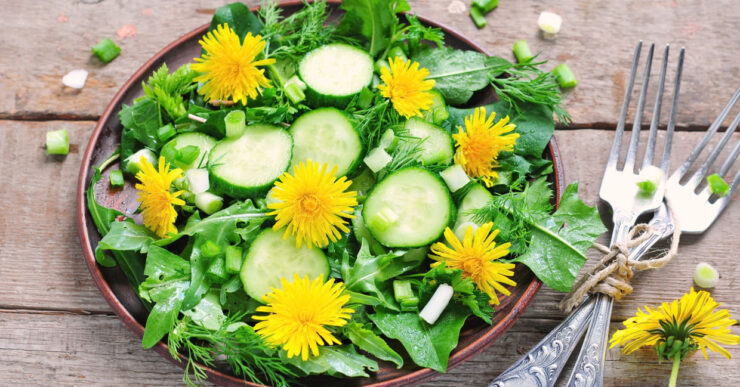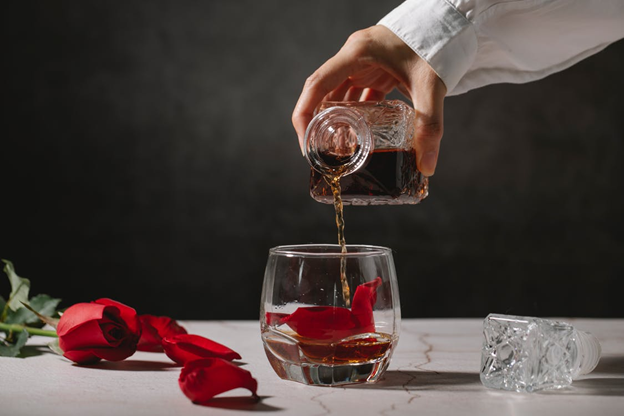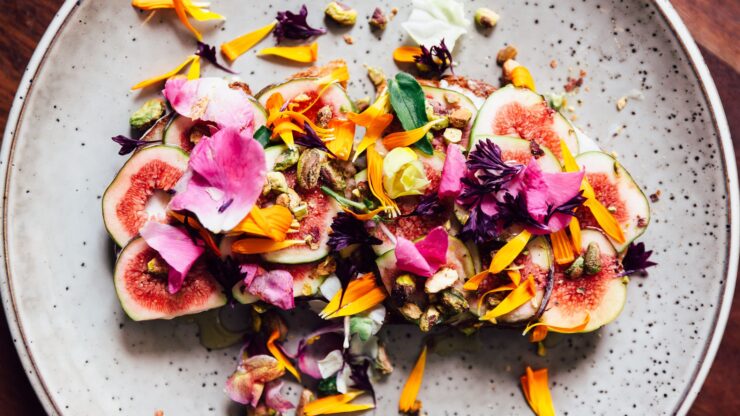What was once an ancient practice that fell out of modern textbooks is now all the rage, and both expert and amateur cooks alike are now taking an interest in edible flowers again. Edible flowers usually taste very delicate and can be eaten raw. When used as a garnish on different dishes, they add dimension, a lot of taste, and really improve the way the food looks.
Of course, you need to be careful when eating these flowers. Not all of them are edible, and it’s not like you can take the petals off any old flowers you would get in monthly flower subscriptions (learn more here) for home decor and add them to your meals. Flowers that are meant to be eaten are grown very carefully and need to meet certain criteria – even then, not all parts of those flowers can be eaten and you might need to be careful about it.
This is why we have put together this list of edible flowers that are good for adding to your meals. Keep reading for the list and for information on what precautions you need to take while consuming them.
Things To Be Careful About

The first thing you should do before thinking about eating any kind of flower is to talk to your doctor about any possible allergies. Next, take it slow. You’re trying to eat raw plants here, and you never really know how your stomach will react to that. This is especially true for people with chronic conditions like IBS.
It goes without saying that any flowers you want to eat need to be grown without the use of any pesticides or herbicides. If you’re in doubt, do not eat the plant. The best way around this, of course, is to either only eat flowers in dishes made at well-reputed establishments or use flowers in your kitchen that you grew yourself.
Last but not least, you need to be careful about the kind of flowers you’re eating. While some flowers are delicious, others are poisonous and might make you very sick. As is usually the case, avoid eating a flower when in doubt.
Now that all of this stuff is covered, let’s move on to the actual list of edible flowers.
Edible Flowers
Most edible flowers are used in salads and desserts, but sometimes, creative chefs find a way to incorporate these plants in savory and meat-based dishes and soups as well. Chrysanthemums, for instance, are used in stir frys in Japanese cuisine.
Roses

Roses are one of the most popular flowers out there. They’re used in all sorts of ways, so them being edible is really no surprise.
A lot of people would probably like the way rose petals taste, and their aroma and color are just a bonus for any entree or dessert they touch. The darker flowers have more pronounced flavor, and lighter roses don’t pack much of a punch. When using them, be sure to remove the white part of the flowers – that part is bitter and won’t taste good.
If you want, you can use roses in salads, desserts, drinks, in ice cubes, and even use them in making jams and syrups.
Carnations
Carnations are used in dessert, wine, and candy. They’re delicious enough to be the secret ingredient for Chartreuse, a French liqueur. If you want to use them in dessert, cut off the white base.
There’s a smaller variety of carnations called Dianthus that is used in salads and aspics.
Gladiolus

Gladioluses are said to taste a bit like lettuce, but of course, they look better. They can be used in salads and are also used in a lot of dessert presentations.
Lilac
Lilacs are known to have a lemony taste that’s great for a lot of salads. You can also decorate fruity desserts with this flower or pair it’s lemon taste with chocolate and other flavors.
It’s also a great match for honey and honey-flavored desserts as well as in certain jams to counter their sweetness and add a bit of tang.
Chrysanthemums

Mums can’t be eaten totally raw, and need to be blanched first. Still, their tangy, cauliflower-like taste is pretty good in salads, meat dishes, and soups. Their leaves are also used to flavor vinegar.
Crown daisies that are often confused with Chrysanthemums are also used in a lot of traditional stir frys in Japanese cuisine.
Violets
Violets can be added to sorbets, frozen into ice cubes for decoration, and candied or crystallized. Candied violets in particular are a very popular decoration option for cookies and cupcakes as well as a popular snack on their own.
Hibiscus
Hibiscus flowers come with petals packed with flavor, which is why you need to be careful about using them in your savory dishes. They’re not very sweet, which makes them a bad option for desserts.
You can also have hibiscus tea, which is more common than hibiscus petals in savory dishes.
Marigolds

Marigold flowers are also known as calendulas. There are multiple varieties with a whole range of tastes from spicy to tangy – it tastes so much like saffron that it’s also called poor man’s saffron.
They’re known more for their medicinal properties than their use in cuisine, with their ability to calm skin irritation and sore throats particularly useful.
Tulips
These flowers are usually eaten in a very interesting way. Since the lighter colored flowers have a sweet taste, the stamens are cut out from them and the flowers are filled with a chocolate spread or a mousse instead. Then the whole thing is eaten whole.
Tulip petals of darker shades, on the other hand, are more flavorful.
Lavender
Just like lilacs, lavenders have a lemon like flavor and can be eaten with all sorts of desserts. It can be used to make lilac honey and the flower can be added to wine and liquor for some great pairings.

